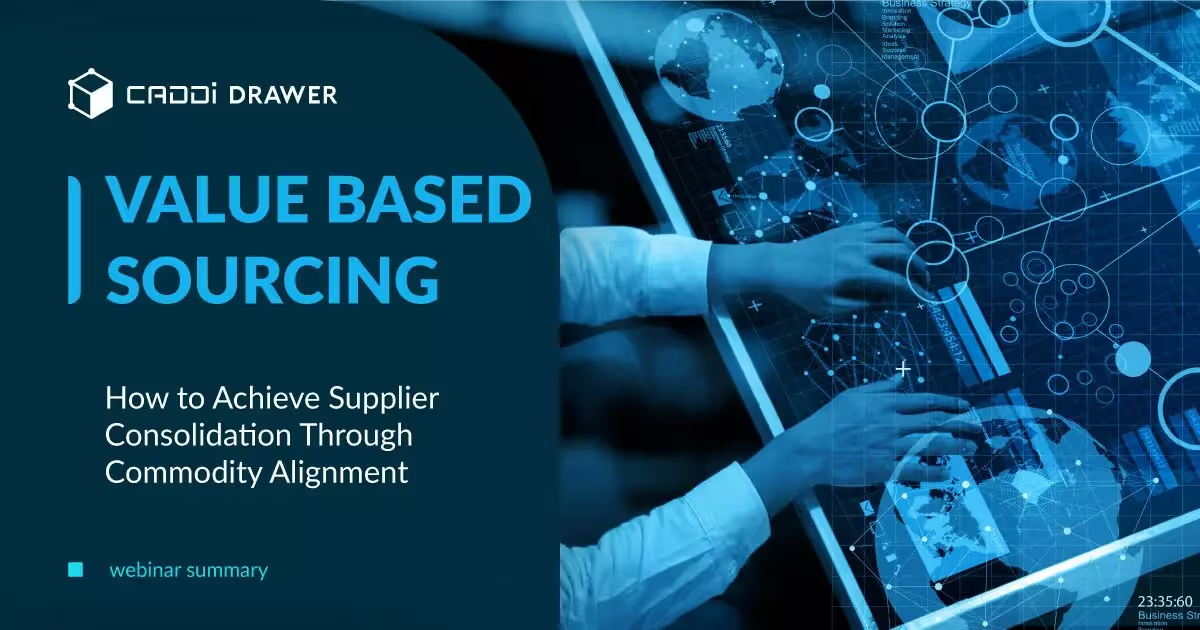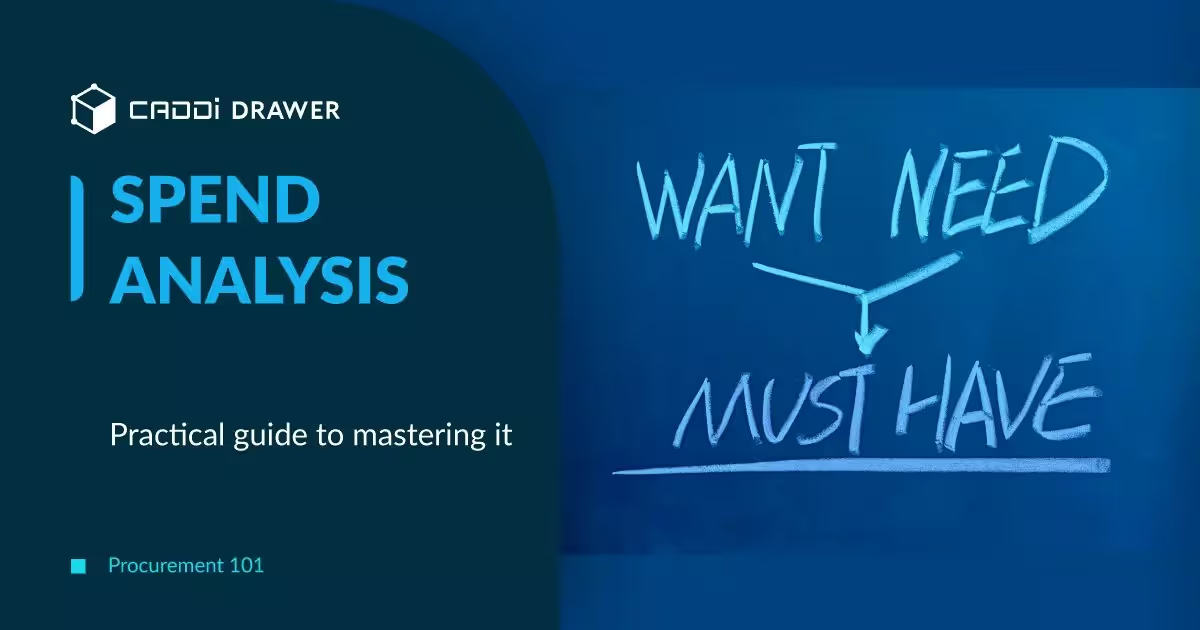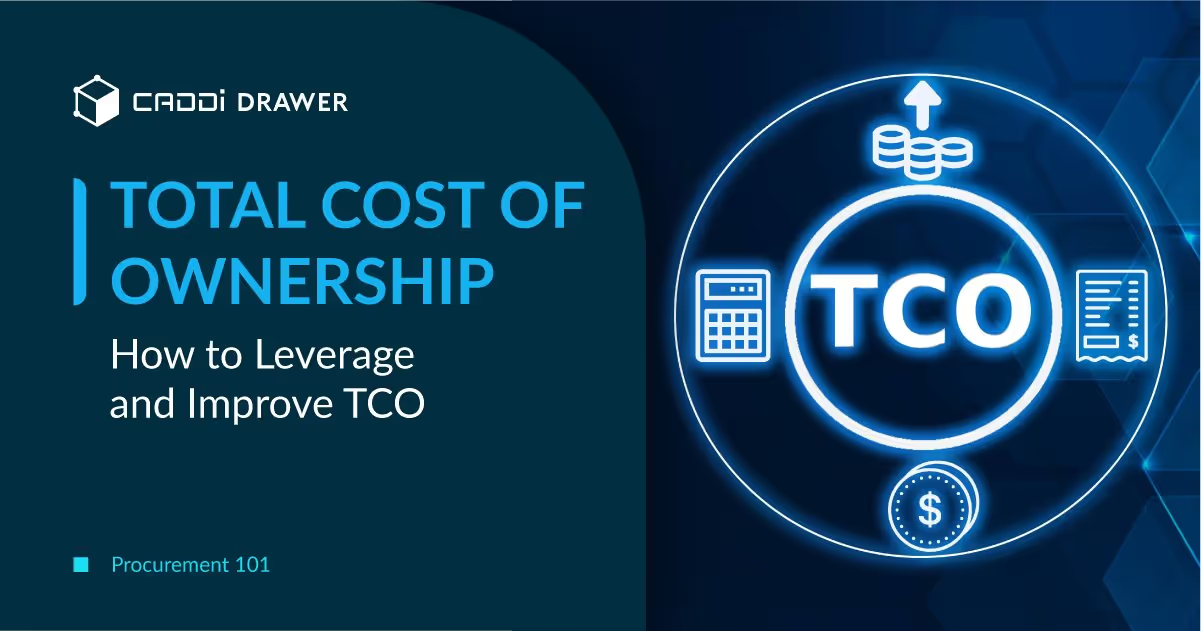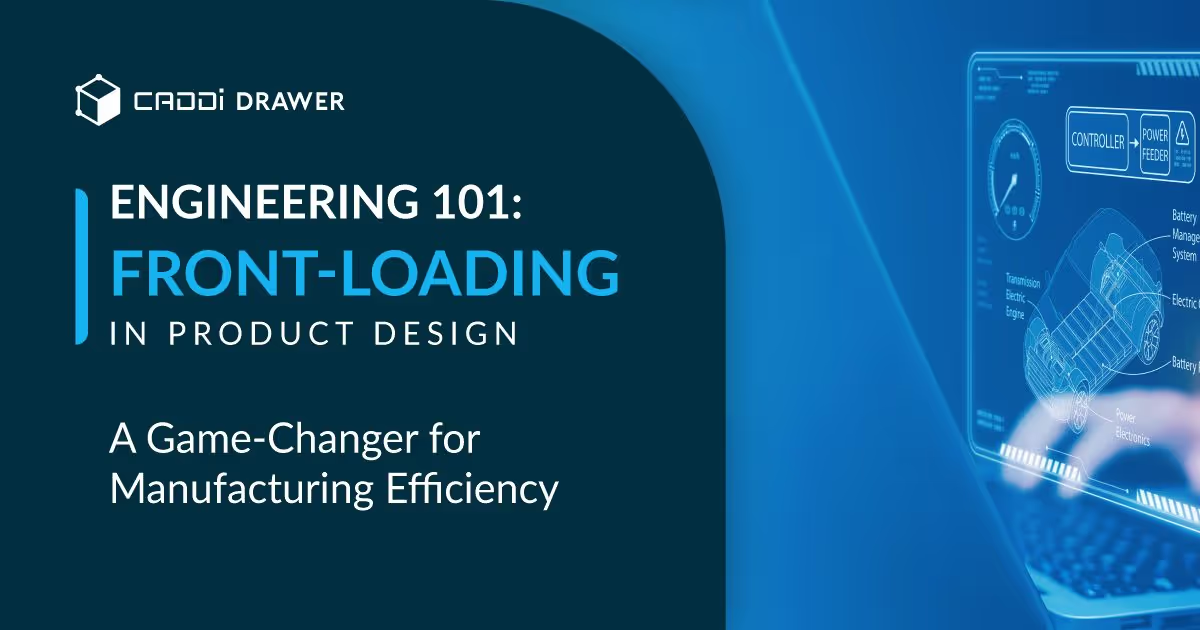Procurement 101: Operational Procurement – What it is and how to excel

Table of Contents

In the fast-paced world of manufacturing, the wheels of production must keep turning. But what keeps those wheels greased and in motion? The answer lies in the often-overlooked but critically important function of operational procurement.
This unsung hero works tirelessly behind the scenes, ensuring that the right materials, parts, and services are available at the right time, in the right quantity, and at the right price. Without effective operational procurement, even the most well-designed production line can grind to a halt.
What is Operational Procurement?
Operational procurement is the process of acquiring goods and services necessary for the day-to-day running of a business. It focuses on short-term needs and aims to ensure a steady supply of materials, parts, and services to support ongoing operations. In manufacturing, operational procurement plays a crucial role in preventing production line slowdowns or shutdowns due to lack of supplies.
The operational procurement process typically involves several key steps:
- Identifying and specifying requirements
- Selecting suppliers and negotiating terms
- Issuing purchase orders
- Expediting and monitoring the orders
- Receiving and inspecting the goods
- Processing invoices and making payments
The outputs of this process include purchase orders, goods receipts, quality reports, and transactional data that feeds into inventory management and financial systems.
It’s important to distinguish operational procurement from strategic sourcing, which takes a longer-term view to optimize the supply base, and from capital expenditure purchases of major equipment. Operational procurement is all about meeting immediate needs reliably and efficiently to keep the business running smoothly.
Challenges in Executing Operational Procurement
While operational procurement may seem straightforward on paper, in practice it’s often fraught with challenges. Here are some of the most common obstacles:
Balancing Cost, Quality, and Delivery
Procurement teams are under constant pressure to reduce costs while maintaining quality and ensuring on-time delivery. It’s a delicate balancing act. Focus too much on cost savings, and you risk sacrificing quality or reliability. Prioritize quality, and costs can quickly spiral out of control.
Managing Supplier Relationships
Suppliers are key partners in operational procurement, but managing these relationships can be tricky. Issues like poor communication, misaligned incentives, or conflicting priorities can strain even the best supplier partnerships. And when problems arise, finger-pointing and blame games often follow.
Ensuring Compliance and Minimizing Risk
Procurement is subject to a host of regulations, standards, and internal policies. Ensuring compliance across all transactions is a daunting task. What’s more, supply chains are vulnerable to all kinds of risks – from natural disasters to cyber attacks to unethical practices by suppliers. Mitigating these risks is a constant challenge.
Coping with Volatility and Uncertainty
In today’s fast-paced, globally interconnected world, change is the only constant. Raw material prices fluctuate, demand patterns shift, and disruptive technologies emerge. Procurement teams need to be agile and adaptable, but long-term contracts and rigid processes often stand in the way.
Lack of Visibility and Control
Many procurement teams struggle with fragmented systems and data silos that obscure the big picture. Without end-to-end visibility and real-time data, it’s hard to make informed decisions or spot potential issues before they escalate. This lack of control can lead to all sorts of inefficiencies and missed opportunities.
Skill Gaps and Talent Shortages
As procurement becomes more strategic and technology-driven, the skills required are evolving rapidly. Many organizations face shortages of procurement professionals with the right blend of technical, analytical, and interpersonal skills. This talent gap can hinder efforts to modernize and optimize procurement processes.
Overcoming these challenges is no easy feat. It requires a holistic approach that combines process improvements, technology enablers, talent development, and change management. But the payoff – in terms of cost savings, risk reduction, and operational excellence – is well worth the effort.
Mastering Operational Procurement
Excelling in operational procurement requires a holistic, people-centric approach that empowers employees, drives continuous improvement, and aligns with business objectives. The key elements that set apart best-in-class procurement functions are:
Seamless, Low-Burden Processes
Designing seamless, low-burden processes that are intuitive, efficient and minimally disruptive. Leveraging technology, these processes eliminate manual tasks, reduce errors, and provide real-time visibility.
Guiding Principles and Purpose
Instilling guiding principles and purpose, not just rigid rules. Clear guidelines empower employees to exercise judgment and make decisions based on shared organizational goals and values. This fosters ownership, accountability and adaptability.
Flawless Execution of Basics
Thorough implementation of basic behaviors, with attention to small details that make a big difference. Ensuring accurate data, clear communication and follow-through builds a foundation for procurement excellence.
Continuous Talent Development
Continuous talent development through ongoing training, coaching, mentoring and opportunities for cross-functional exposure. Fostering a culture of learning helps build necessary skills and capabilities.
Learning from Primary Information
Acquiring primary information from sites and stakeholders to learn from successes and failures. Regular reviews identify improvement areas and best practices to be shared. Feedback loops and learning mechanisms help adapt to changing conditions and needs.
Software as an Enabler
Leveraging software as a supporting tool to embed best practices, automate routine tasks, provide visibility, and optimize decisions with advanced analytics and AI. Effective software implementation also requires investment in change management and user adoption.
Future Outlook for Operational Procurement
In recent years, operational procurement has undergone a significant transformation. The rise of e-procurement platforms and digital tools has streamlined processes and improved visibility.
Another notable trend is the growing focus on sustainability and social responsibility in procurement decisions. Many companies are now evaluating suppliers based on ESG criteria.
Looking ahead, the future of operational procurement is likely to be shaped by several factors. The ongoing digitization of supply chains will enable greater automation, real-time monitoring, and predictive analytics. AI and machine learning will help optimize decision-making and risk management.
Moreover, the integration of siloed data sources and the leveraging of unstructured data will provide procurement teams with a more comprehensive view of their operations. Tools like CADDi Drawer, which facilitate the aggregation and utilization of disparate data, will become increasingly essential for driving efficiency and innovation.
So whether you’re a procurement professional looking to up your game or a business leader seeking to optimize your supply chain, remember this: operational procurement is not just a back-office function. It’s a strategic imperative for operational excellence and a key driver of competitive advantage. By giving it the attention and investment it deserves, you can unlock a world of untapped potential and take your business to new heights.
In the fast-paced world of manufacturing, the wheels of production must keep turning. But what keeps those wheels greased and in motion? The answer lies in the often-overlooked but critically important function of operational procurement.
This unsung hero works tirelessly behind the scenes, ensuring that the right materials, parts, and services are available at the right time, in the right quantity, and at the right price. Without effective operational procurement, even the most well-designed production line can grind to a halt.
What is Operational Procurement?
Operational procurement is the process of acquiring goods and services necessary for the day-to-day running of a business. It focuses on short-term needs and aims to ensure a steady supply of materials, parts, and services to support ongoing operations. In manufacturing, operational procurement plays a crucial role in preventing production line slowdowns or shutdowns due to lack of supplies.
The operational procurement process typically involves several key steps:
- Identifying and specifying requirements
- Selecting suppliers and negotiating terms
- Issuing purchase orders
- Expediting and monitoring the orders
- Receiving and inspecting the goods
- Processing invoices and making payments
The outputs of this process include purchase orders, goods receipts, quality reports, and transactional data that feeds into inventory management and financial systems.
It’s important to distinguish operational procurement from strategic sourcing, which takes a longer-term view to optimize the supply base, and from capital expenditure purchases of major equipment. Operational procurement is all about meeting immediate needs reliably and efficiently to keep the business running smoothly.
Challenges in Executing Operational Procurement
While operational procurement may seem straightforward on paper, in practice it’s often fraught with challenges. Here are some of the most common obstacles:
Balancing Cost, Quality, and Delivery
Procurement teams are under constant pressure to reduce costs while maintaining quality and ensuring on-time delivery. It’s a delicate balancing act. Focus too much on cost savings, and you risk sacrificing quality or reliability. Prioritize quality, and costs can quickly spiral out of control.
Managing Supplier Relationships
Suppliers are key partners in operational procurement, but managing these relationships can be tricky. Issues like poor communication, misaligned incentives, or conflicting priorities can strain even the best supplier partnerships. And when problems arise, finger-pointing and blame games often follow.
Ensuring Compliance and Minimizing Risk
Procurement is subject to a host of regulations, standards, and internal policies. Ensuring compliance across all transactions is a daunting task. What’s more, supply chains are vulnerable to all kinds of risks – from natural disasters to cyber attacks to unethical practices by suppliers. Mitigating these risks is a constant challenge.
Coping with Volatility and Uncertainty
In today’s fast-paced, globally interconnected world, change is the only constant. Raw material prices fluctuate, demand patterns shift, and disruptive technologies emerge. Procurement teams need to be agile and adaptable, but long-term contracts and rigid processes often stand in the way.
Lack of Visibility and Control
Many procurement teams struggle with fragmented systems and data silos that obscure the big picture. Without end-to-end visibility and real-time data, it’s hard to make informed decisions or spot potential issues before they escalate. This lack of control can lead to all sorts of inefficiencies and missed opportunities.
Skill Gaps and Talent Shortages
As procurement becomes more strategic and technology-driven, the skills required are evolving rapidly. Many organizations face shortages of procurement professionals with the right blend of technical, analytical, and interpersonal skills. This talent gap can hinder efforts to modernize and optimize procurement processes.
Overcoming these challenges is no easy feat. It requires a holistic approach that combines process improvements, technology enablers, talent development, and change management. But the payoff – in terms of cost savings, risk reduction, and operational excellence – is well worth the effort.
Mastering Operational Procurement
Excelling in operational procurement requires a holistic, people-centric approach that empowers employees, drives continuous improvement, and aligns with business objectives. The key elements that set apart best-in-class procurement functions are:
Seamless, Low-Burden Processes
Designing seamless, low-burden processes that are intuitive, efficient and minimally disruptive. Leveraging technology, these processes eliminate manual tasks, reduce errors, and provide real-time visibility.
Guiding Principles and Purpose
Instilling guiding principles and purpose, not just rigid rules. Clear guidelines empower employees to exercise judgment and make decisions based on shared organizational goals and values. This fosters ownership, accountability and adaptability.
Flawless Execution of Basics
Thorough implementation of basic behaviors, with attention to small details that make a big difference. Ensuring accurate data, clear communication and follow-through builds a foundation for procurement excellence.
Continuous Talent Development
Continuous talent development through ongoing training, coaching, mentoring and opportunities for cross-functional exposure. Fostering a culture of learning helps build necessary skills and capabilities.
Learning from Primary Information
Acquiring primary information from sites and stakeholders to learn from successes and failures. Regular reviews identify improvement areas and best practices to be shared. Feedback loops and learning mechanisms help adapt to changing conditions and needs.
Software as an Enabler
Leveraging software as a supporting tool to embed best practices, automate routine tasks, provide visibility, and optimize decisions with advanced analytics and AI. Effective software implementation also requires investment in change management and user adoption.
Future Outlook for Operational Procurement
In recent years, operational procurement has undergone a significant transformation. The rise of e-procurement platforms and digital tools has streamlined processes and improved visibility.
Another notable trend is the growing focus on sustainability and social responsibility in procurement decisions. Many companies are now evaluating suppliers based on ESG criteria.
Looking ahead, the future of operational procurement is likely to be shaped by several factors. The ongoing digitization of supply chains will enable greater automation, real-time monitoring, and predictive analytics. AI and machine learning will help optimize decision-making and risk management.
Moreover, the integration of siloed data sources and the leveraging of unstructured data will provide procurement teams with a more comprehensive view of their operations. Tools like CADDi Drawer, which facilitate the aggregation and utilization of disparate data, will become increasingly essential for driving efficiency and innovation.
So whether you’re a procurement professional looking to up your game or a business leader seeking to optimize your supply chain, remember this: operational procurement is not just a back-office function. It’s a strategic imperative for operational excellence and a key driver of competitive advantage. By giving it the attention and investment it deserves, you can unlock a world of untapped potential and take your business to new heights.
Ready to see CADDi Drawer in action? Get a personalized demo.
Subscribe to our Blog!
Related Resources












.svg)



.svg)
.svg)
.svg)


